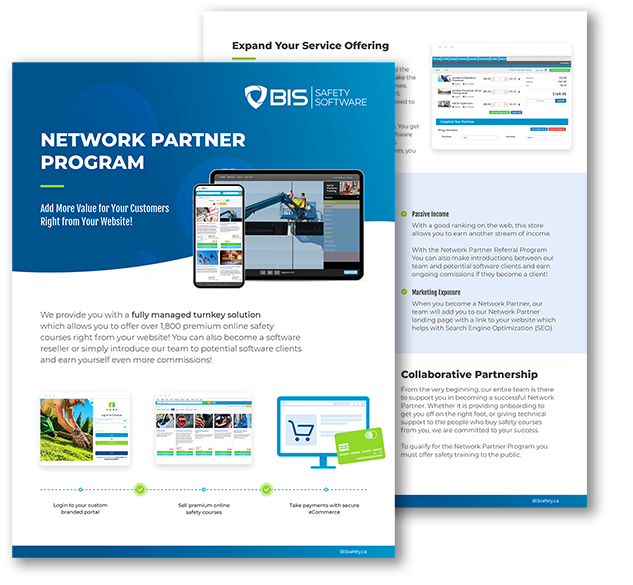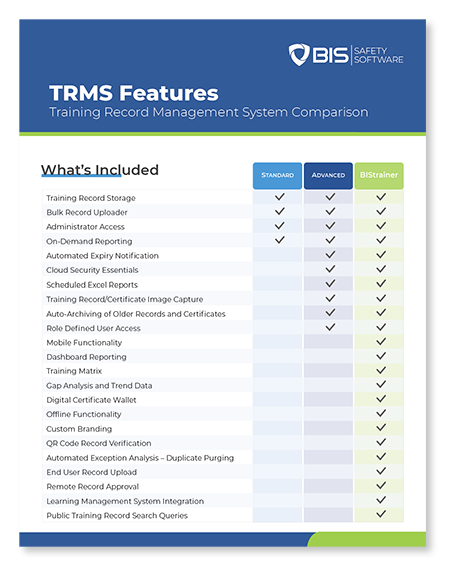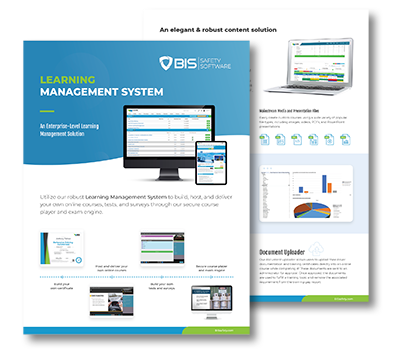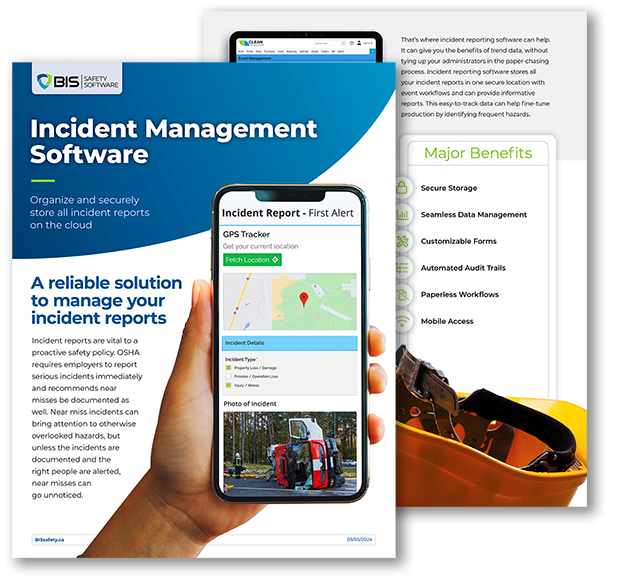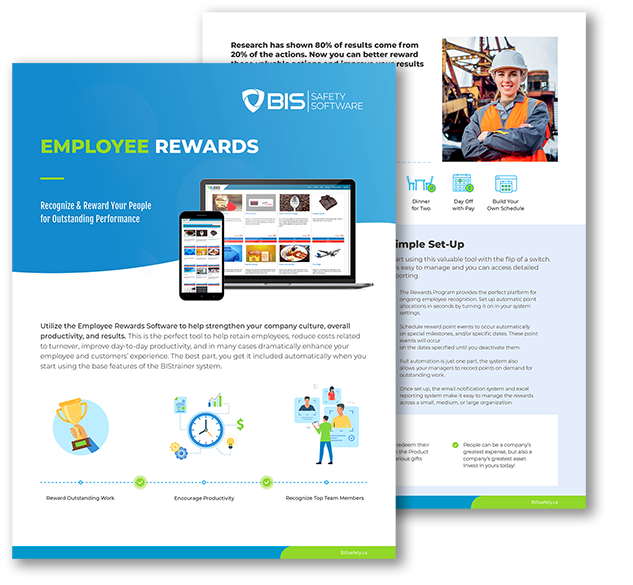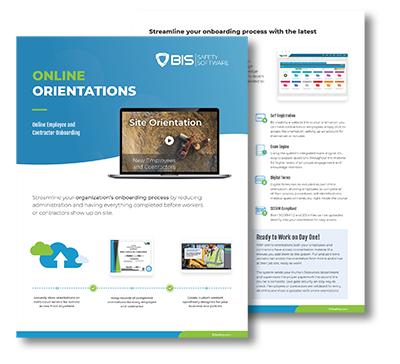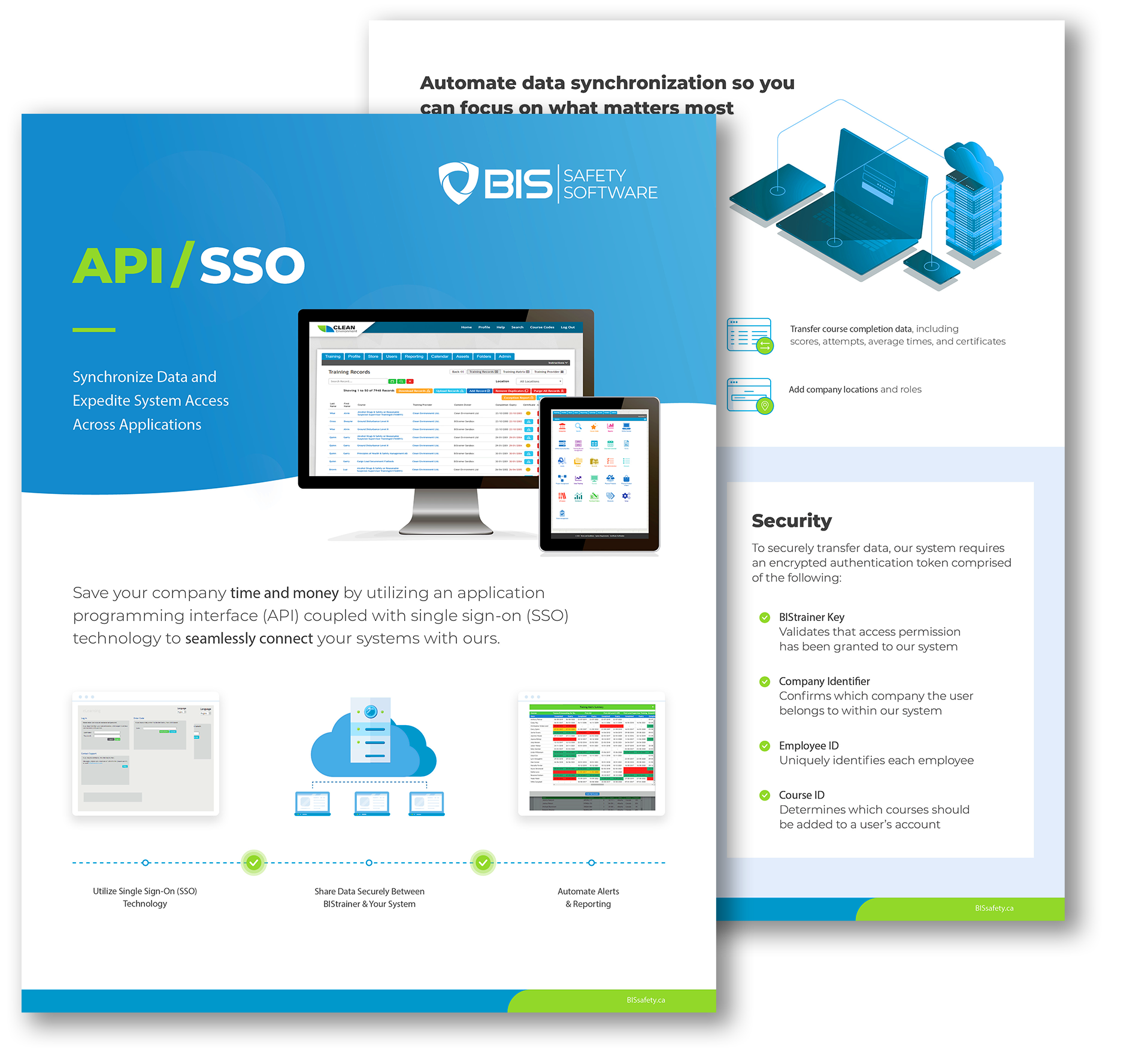Understanding the difference between accidents and incidents at work can be tricky because the terms often mean the same thing. It’s important to know that both words refer to events that weren’t planned and could have hurt someone or damaged something.
Is it a Workplace Incident or an Accident in Canada?
The most common term for a workplace incident or accident in Canada is fast becoming incident. However, the approach to defining and handling workplace mishaps emphasizes a nuanced understanding of “incidents” and “accidents”. The key points are as follows:
- Incident Definition: In Canadian workplace safety language, an incident is broadly recognized as any event, condition, or situation that arises during work and has the potential to cause injuries, illnesses, damage to health, or even fatalities.
- Accident Definition: An accident, on the other hand, is specifically identified as an unplanned event that disrupts an ongoing activity. This disruption may result in injury or property damage, though not always. The term is reserved for cases where the unplanned event has direct, harmful outcomes.
- Distinction Between Incident and Accident: The Canadian perspective highlights a critical distinction between the two terms. An incident encompasses a broader range of possibilities, including near misses or dangerous occurrences that could have led to harm but didn’t. Accidents are a subset of incidents characterized by their actual impact—specifically, when injury or damage occurs.
- Near Miss: This term is particularly important in the Canadian context. It refers to situations where an incident could have resulted in harm but, fortunately, did not. Recognizing and reporting near misses are crucial for preventing future accidents.
- Focus on Potential: By differentiating between incidents and accidents, the Canadian approach places a strong emphasis on the potential for harm. This perspective encourages proactive measures to prevent incidents from escalating into accidents.
The Canadian definitions and distinctions aim to foster a culture of safety and prevention in the workplace. By understanding and acting upon the nuances between incidents and accidents, workplaces can better anticipate risks and implement effective measures to protect workers.
Is it a Workplace Incident or an Accident in Europe or the United States?
USA
In the United States, “incident” is usually the preferred term for workplace mishaps to avoid confusion with car accidents. Plus, using “incident” instead of “accident” suggests that the event could be prevented in the future, rather than being seen as just bad luck.
Europe
In Europe, they make a clear distinction:
– An incident is when something bad could have happened but didn’t necessarily cause harm.
– An accident is when something bad happens and someone gets hurt.

Reporting Workplace Incidents in Canada:
Reporting workplace incidents in Canada is a crucial part of managing occupational health and safety. It involves a systematic process designed to capture details of incidents to prevent future occurrences. Here’s a detailed look into how incidents are reported in Canada, focusing on the key aspects of this process:
- Immediate Reporting: When an incident occurs, it must be reported immediately to a supervisor or a designated health and safety representative. This prompt reporting ensures that necessary actions can be taken to address any immediate hazards or injuries.
- Documentation: Every incident, regardless of its severity, should be documented thoroughly. This documentation often includes a formal incident report form that captures a variety of details about the event.
Details to Include in Incident Reports:
- Date and Time of the Incident: When the incident occurred.
- Location: The specific place where the incident happened.
- Description of the Incident: A detailed account of what happened, including events leading up to the incident.
- Injuries or Damages: Information on any injuries, illnesses, or property damage that resulted from the incident.
- Witnesses: Names and accounts of individuals who witnessed the incident or have relevant information.
- Immediate Actions Taken: Any first aid, evacuation, or other immediate measures taken following the incident.
Steps to Take During and After Workplace Incident Reporting
- Investigation: A thorough investigation is often required, especially for incidents that resulted in injury or had the potential for significant harm. The goal is to identify the root causes of the incident, such as unsafe conditions, practices, or other risk factors.
- Corrective Actions: Based on the investigation’s findings, corrective actions should be developed and implemented to prevent similar incidents in the future. This could involve changes to policies, procedures, training, or physical changes in the workplace.
- Follow-Up: It’s important to follow up on the incident to ensure that corrective actions are effective and that compliance with safety standards is maintained.
- Regulatory Reporting: Certain types of incidents, especially those involving serious injuries, fatalities, or significant hazards, must also be reported to regulatory bodies. In Canada, this would typically be the provincial or territorial occupational health and safety authority. The specifics of what needs to be reported and the deadlines for doing so vary by jurisdiction.
- Confidentiality and Non-Retaliation: The reporting process should protect the confidentiality of those involved and ensure that employees feel safe to report incidents without fear of retaliation.
The structured approach to reporting and investigating incidents in Canada underscores the country’s commitment to workplace safety and health. By learning from incidents and implementing preventive measures, workplaces can create safer environments for all employees.

Software for Incident Reporting
Environmental, Health, and Safety (EHS) software plays a crucial role in managing workplace incidents, ensuring compliance with regulations, and keeping organizational safety protocols organized. By leveraging EHS software, companies can significantly improve their approach to safety management through streamlined processes and enhanced data analysis. Here’s how EHS software facilitates workplace incident reporting and helps maintain compliance and organization:
- Automated Incident Reporting: EHS software equipt with an Incident Reporting Feature allows for the quick and efficient logging of incidents as soon as they occur. This immediate documentation helps ensure that no detail is overlooked. Workers can report incidents directly into the system, including details such as time, location, and nature of the incident, ensuring a timely and accurate record.
- Standardized Forms and Processes: The software provides standardized reporting forms and workflows, which help maintain consistency across the organization. This standardization is vital for complying with local and international safety regulations, as it ensures all necessary information is captured uniformly.
- Regulatory Compliance: EHS software is designed to stay updated with the latest safety regulations and standards. It can alert businesses to any changes in compliance requirements and help adjust reporting processes accordingly. This feature is particularly important for companies operating in multiple jurisdictions, where regulations can vary widely.
- Data Analysis and Trend Identification: With all incident data stored in one place, EHS software can perform analytics to identify trends and commonalities among incidents. This analysis can reveal underlying risk factors and areas for improvement in safety protocols, allowing for targeted interventions to prevent future incidents.
- Action Tracking and Follow-up: After an incident is reported, EHS software can track the progress of any corrective actions taken. It ensures that all follow-up tasks, such as investigations, corrective measures, and preventive actions, are completed in a timely manner. This tracking helps organizations demonstrate their commitment to resolving safety issues and preventing recurrence.
- Document Management: EHS software serves as a centralized repository for all safety-related documents, including incident reports, investigation findings, action plans, and compliance records. Having all these documents in one place makes it easier to manage, access, and audit them, ensuring that everything is in order for inspections or audits.
- Training and Awareness: The software can also manage and track safety training for employees, ensuring that everyone has the necessary knowledge and skills to work safely. By linking training records with incident reports, organizations can identify gaps in their training programs and address them proactively.
- Communication and Reporting: EHS software facilitates communication between all levels of an organization and external stakeholders. It can generate reports for internal management review or for submission to regulatory agencies, ensuring that all stakeholders are informed about the company’s safety performance and compliance status.

In summary, EHS software is an invaluable tool for organizations looking to improve their safety management practices. By automating and standardizing incident reporting, ensuring compliance, facilitating analysis, and improving communication, EHS software helps companies maintain a safe workplace, protect their employees, and meet their legal obligations.





